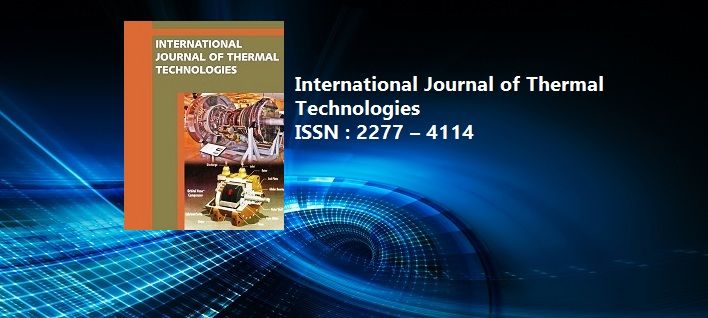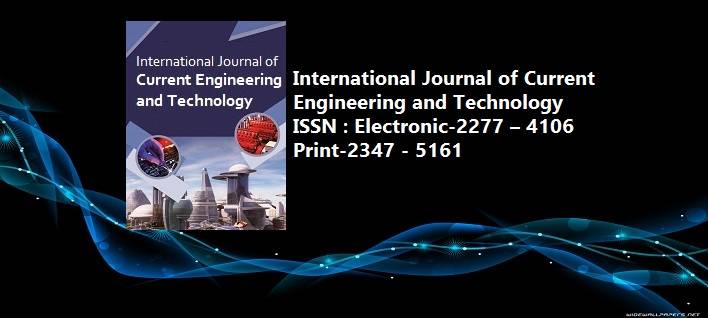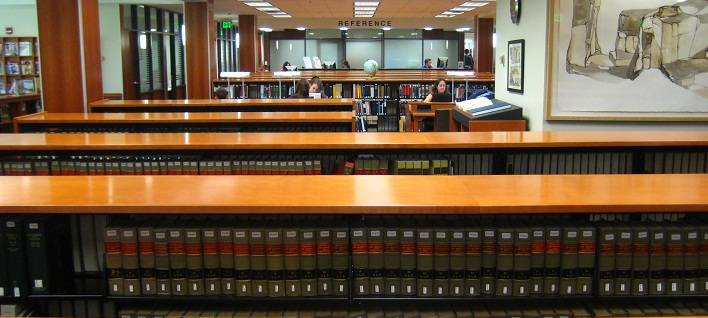Assessing of Water Quality of Al-Kufa River for Drinking Water using WQI and GIS
Pages : 1566-1571
Download PDF
Abstract
Traditional methods do not fulfill the demands for study quality and situation of water of great areas which need enough time and money therefore, Water Quality Index (WQI) and Geographical Information System (GIS) were employed to evaluation the quality of raw water of Kufa river for drinking water because of its important in Najaf province. Water samples from seven different stations along Kufa river for twelve months from July – 2013 to June – 2014 were collected. Eleven water quality parameters were analyzed including total hardness(TH), turbidity, (pH), electrical conductivity (Ec), total dissolved solids (TDS), alklinity (Alk.), chloride (Cl), calcium (Ca), sodium(Na), magnesium (Mg) and potassium (K). The use of Water Quality Index (WQI) to offer a useful representation of the overall quality of water for public or any intended use as well as indicating pollution, which are useful in water quality management and decision making. The application of Water Quality Index (WQI) with several physicochemical water quality parameters was performed to evaluate the quality of Kufa River water for human uses. The average annual overall WQI for drinking water was found to be (77.895) through the study period. From this analysis the quality of the Kufa River is classified as Very poor quality ranging Poor water at the river upstream near station (K1) and Very poor for drinking at the river downstream near station (K7). The monthly WQI variation ranged higher value (106.49) at December_2013 and lower value (65.92) at March_2014 along Kufa River, and classify from (Unfit and unsuitable for drinking to Poor water quality) . The high WQI obtained is a result of the various human activities taking place along the river banks. Results suggest that, the use of (GIS) and water quality index (WQI) methods could provide a very useful and efficient tool to show the pollution in the river for different uses and to water resource management.
Keywords: Kufa River, Drinking water quality, Water quality parameters, WQI and GIS .
Article published in International Journal of Current Engineering and Technology, Vol.7, No.4 (Aug-2017)



















 MECHPGCON, MIT College of Engineering, Pune, India
MECHPGCON, MIT College of Engineering, Pune, India AMET, MIT College of Engineering, Pune, India
AMET, MIT College of Engineering, Pune, India International Conference on Advances in Mechanical Sciences
International Conference on Advances in Mechanical Sciences  International Symposium on Engineering and Technology
International Symposium on Engineering and Technology International Conference on Women in Science and Engineering
International Conference on Women in Science and Engineering




